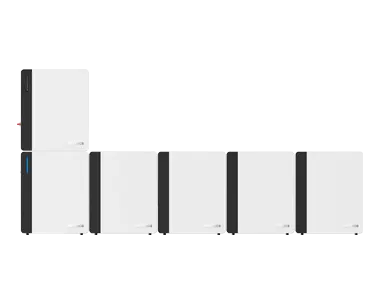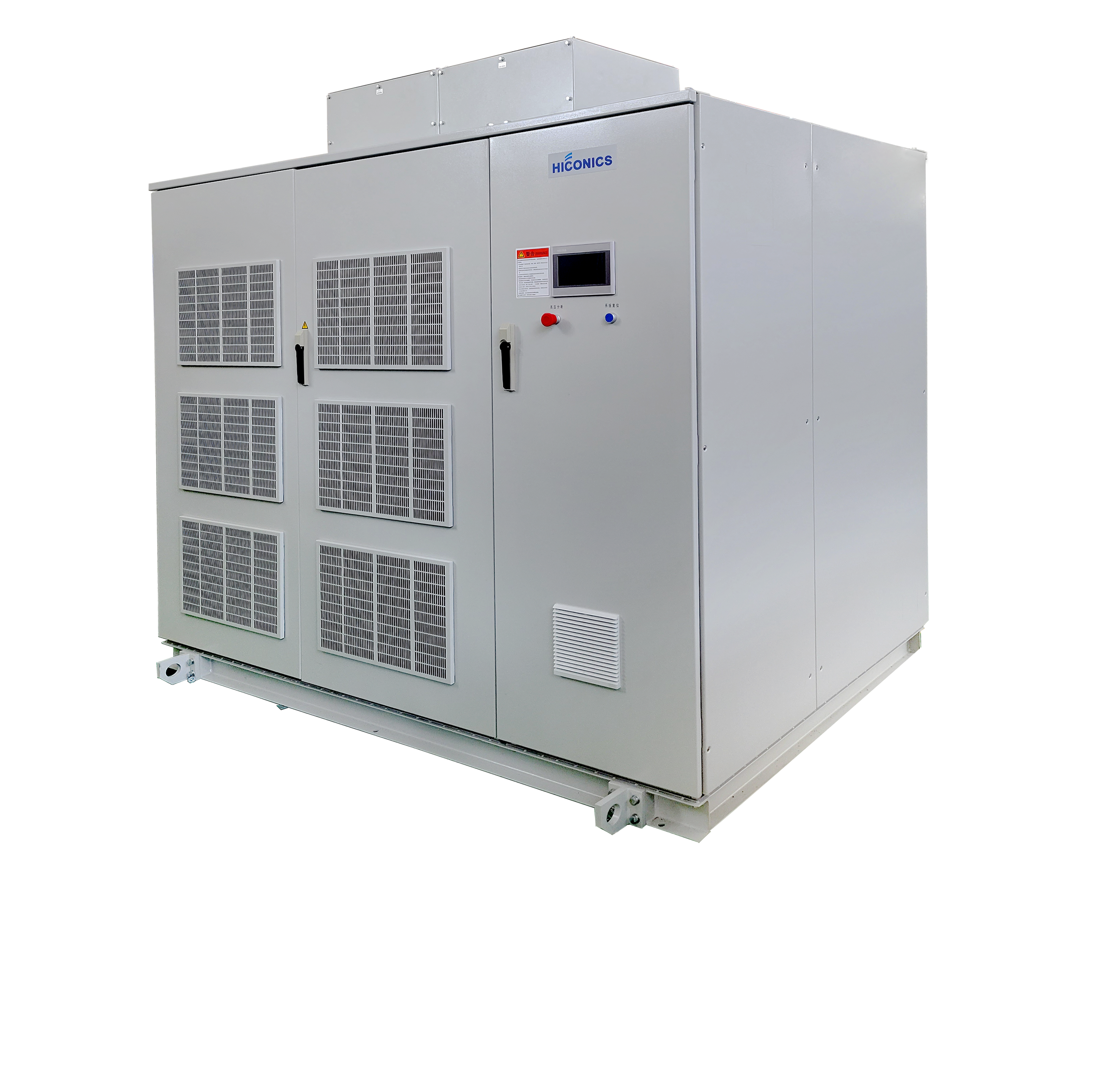In the context of addressing global energy challenges, integrated residential energy storage systems are becoming a key trend for future homes. By integrating photovoltaic (PV) power generation, storage batteries, and electric vehicle charging facilities, these systems not only improve energy efficiency but also promote the development of low-carbon, environmentally friendly residences. This article discusses the main components and advantages of integrated residential energy storage systems to help you understand how to achieve more efficient and greener energy management through this system.
The core of the residential energy storage systems lies in its three major parts: power generation, energy storage, and intelligent management.
First, the PV system is responsible for converting solar energy into electricity to provide clean energy for households. Significant improvements in the performance of modern PV modules and cost reductions have made PV systems increasingly economically viable.
Second, the energy storage system is a critical component of the residential energy storage systems. It can store the electricity generated by solar energy, ensuring its availability during cloudy days or at night. Energy storage technologies like lithium-ion batteries offer high energy density and long life but come at a slightly higher price; lead-acid batteries are more affordable but have relatively shorter lifespans.
Lastly, an intelligent control system ensures efficient coordination between the PV power generation, energy storage system, and electric vehicle charging facilities. Through intelligent management, the residential energy storage systems can optimize energy usage and improve overall efficiency.
Compared to traditional grid-powered methods, the residential energy storage systems offer multiple advantages.
First, high efficiency and environmental friendliness are its most notable features. By combining PV systems with energy storage systems, households can effectively smooth peak loads and stabilize grid load.
Second, electric vehicle charging facilities can provide clean electricity for new energy vehicles, reducing dependency on fossil fuels and promoting green, low-carbon development.
Additionally, reducing energy costs is another major advantage of the residential energy storage systems. The electricity generated by the PV system usually exceeds the household's daily electricity demand, significantly lowering electricity bills. Adopting a "self-consumption first, surplus sold to the grid" model can maximize economic benefits.
Another significant advantage is the emergency backup power function. In the event of grid failure or power outages caused by natural disasters, the energy storage system can serve as a backup power source to maintain basic household electricity needs, thus enhancing living security. Moreover, reducing reliance on traditional energy sources is another important advantage. By using renewable energy, homes not only achieve self-sufficiency but also align with global emission reduction and sustainable development trends. Intelligent management functions further improve system efficiency through microgrid energy management systems, optimizing energy distribution and usage to ensure the system runs efficiently.
The construction of residential energy storage systems is not only driven by technological advancements but also supported by policies. Many countries and regions have enacted relevant policies to encourage the use of renewable energy and the construction of personal energy systems. These policies include tax incentives, subsidies, and net metering tariffs, lowering the initial investment threshold and accelerating market adoption. With the development of smart grids, residential energy storage systems can not only achieve self-sufficiency but also participate in grid supply-demand adjustment, and even create additional income streams by selling electricity back to the grid or participating in energy trading markets, thereby further enhancing the economic and social value of residences.

